A collision in an obscure galaxy, recorded last year, has revealed its violent birth.
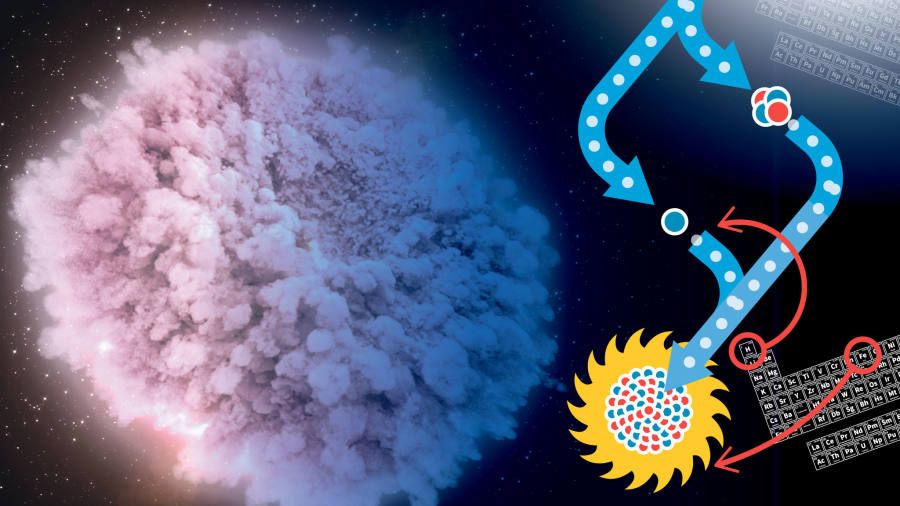


A young startup called Relativity is pushing space technology forward by pushing 3D printing technology to its limits, building the largest metal 3D printer in the world. And other major companies anxious to try these new ways of manufacturing, too. Science correspondent Miles O’Brien looks at some of the amazing advances that’s launching the technology into a new era.
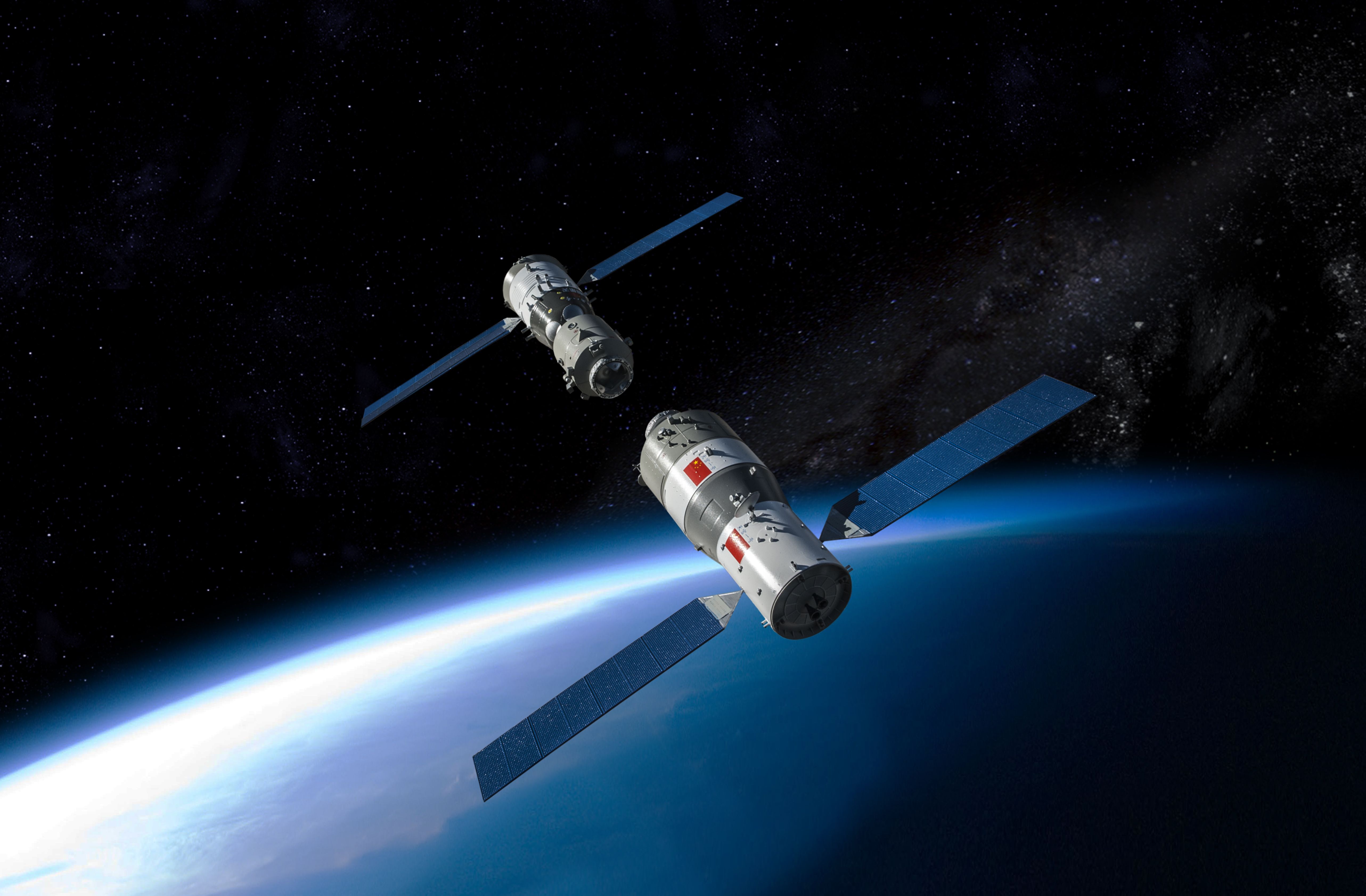

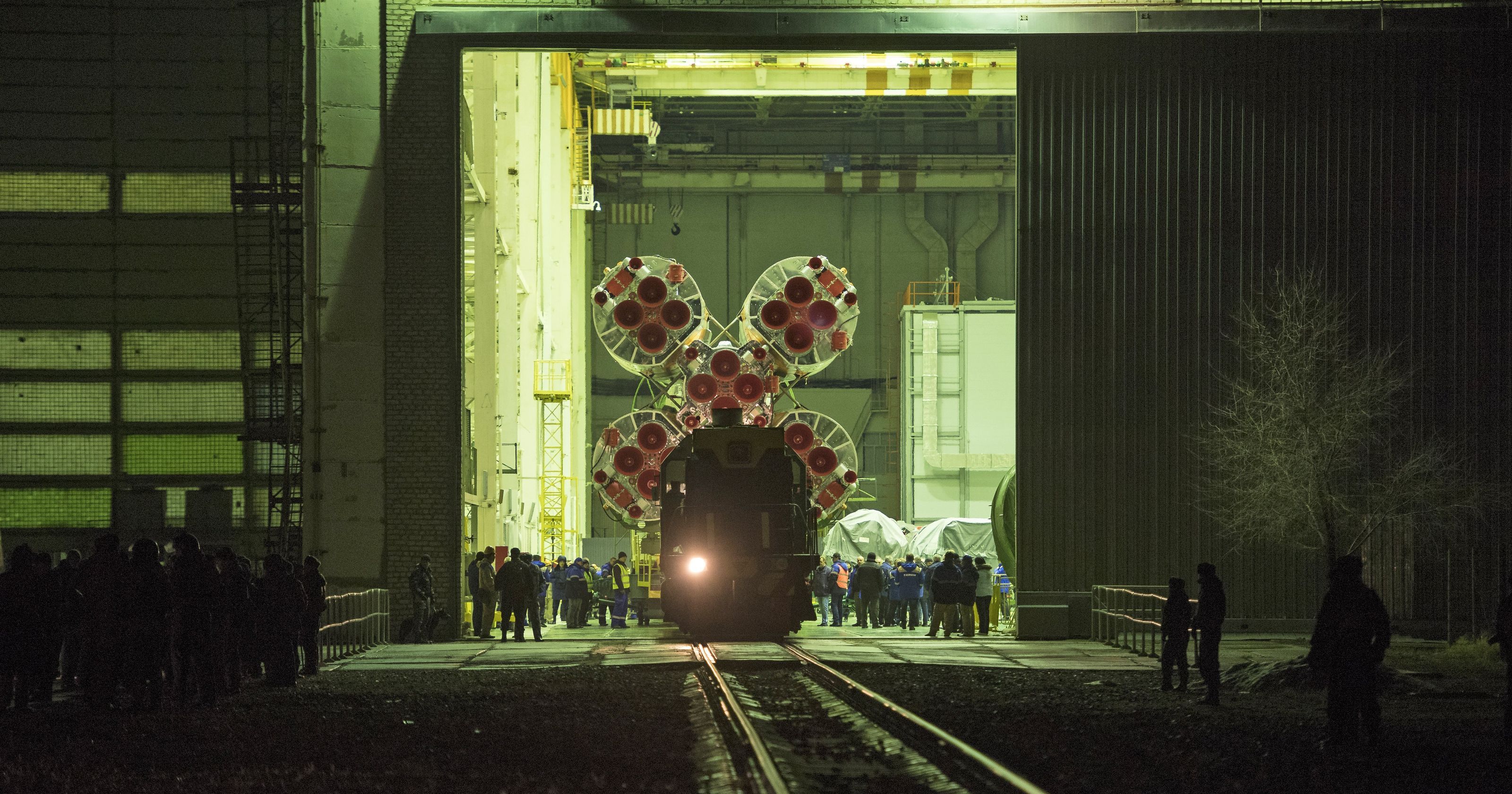
A handout photo made available by the National Aeronautics and Space Administration (NASA) shows the Soyuz rocket inside Building 112 prior to being rolled out by train to the launch pad at the Baikonur Cosmodrome in Kazakhstan, March 19, 2018. Expedition 55 crewmembers Ricky Arnold and Drew Feustel of NASA and Oleg Artemyev of Roscosmos are scheduled to launch at 1:44 p.m. Eastern time (11:44 p.m. Baikonur time) on March 21 and will spend the next five months living and working aboard the International Space Station (ISS), NASA said.
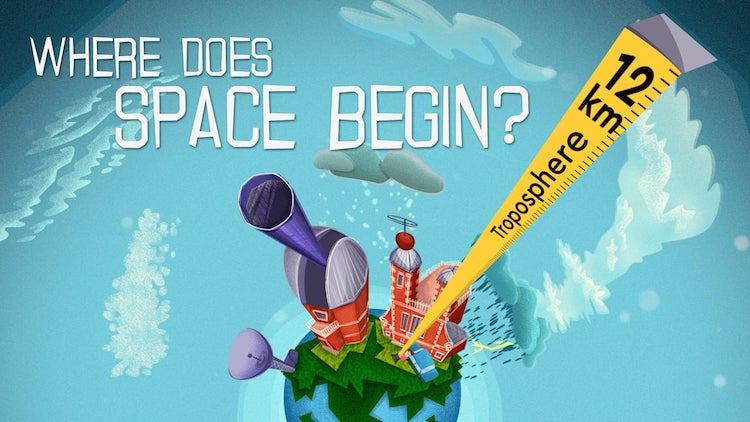
While many of us have a nebulous familiarity with the universe, a very clever animation by the Royal Observatory Greenwich explains the height and purposes of the different layers of the Earth’s atmosphere before it is officially considered to be “space”. These layers include the troposphere, stratosphere, mesosphere, and the Kármán Line. The thermosphere, which continues on and on eventually becomes the exosphere and then on to space as we know it.
Have you ever wondered how far away space is; how far are the different things you see above your head? Join the Royal Observatory Greenwich astronomers as they ascend up through the different layers of the Earth’s atmosphere to reveal what we would see at different heights.
The Royal Observatory also put together an equally clever animation that describes how the solar system was formed.
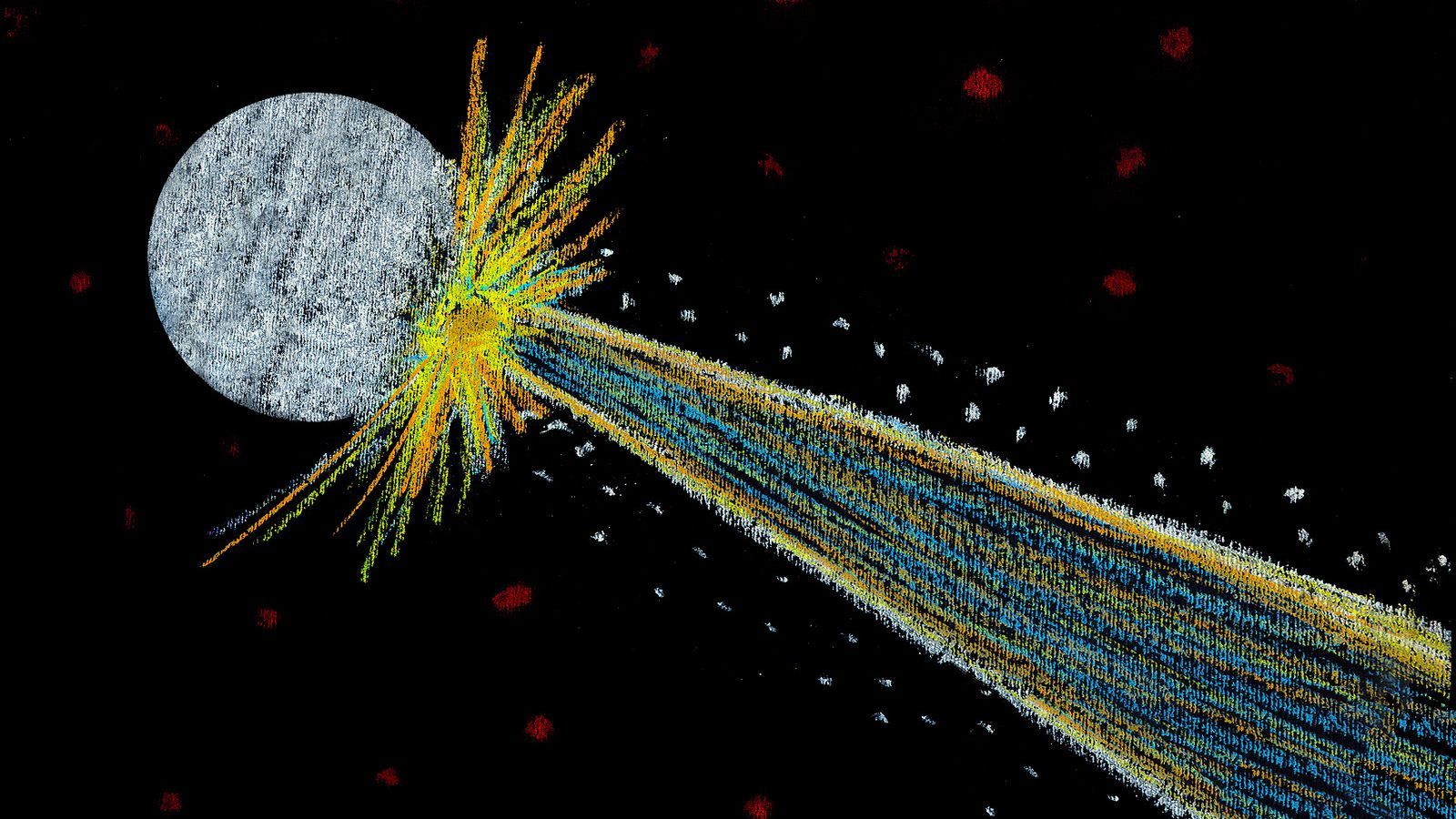
You may have thought, “Hey, if we’re threatened by an incoming asteroid, we should just nuke it!” You’re not alone: a team of Russian scientists are working on a plot to do so, by detonating miniature asteroids in a lab.
In fact, several groups of researchers are now toying with the idea of asteroid nuking for the sake of planetary defense. The Russian team has even calculated about how much firepower they’d need to perform such a feat.
According to the translated paper published in the Journal of Experimental and Theoretical Physics: “Given the scale factor and the results of laboratory experiments, the undeniable destruction of a chondritic asteroid 200 m in diameter by a nuclear explosion with an energy above 3 Mt was shown to be possible.”
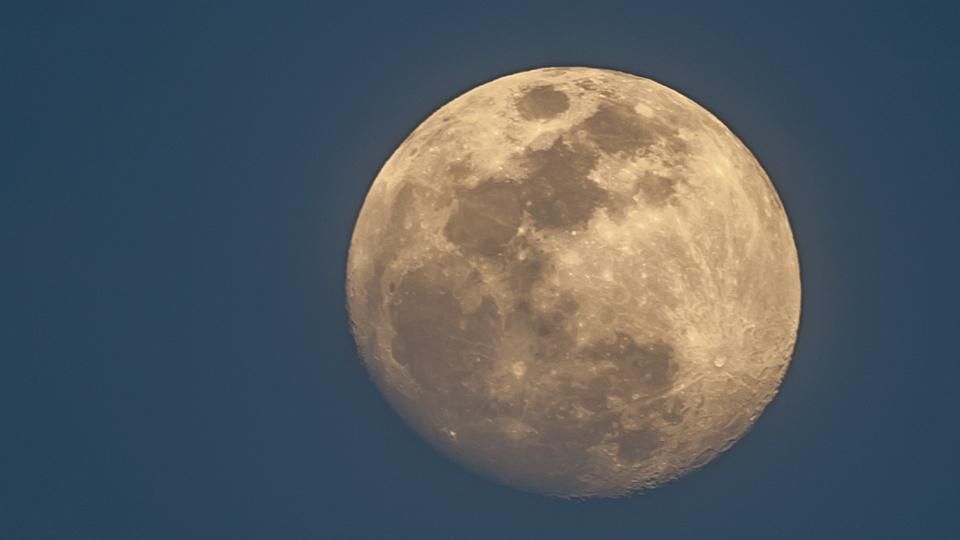
Scientists have mapped 6,000 new craters on the Moon with the help of a newly developed technique based on artificial intelligence (AI).
“When it comes to counting craters on the Moon, it’s a pretty archaic method,” said Mohamad Ali-Dib from the University of Toronto, Scarborough in Canada.
“Basically we need to manually look at an image, locate and count the craters and then calculate how large they are based off the size of the image. Here we’ve developed a technique from artificial intelligence that can automate this entire process that saves significant time and effort,” Ali-Dib said.

All galaxies, no matter how big they are, rotate once every billion years, astronomers have discovered. The Earth spinning around on its axis once gives us the length of a day, and a complete orbit of the Earth around the Sun gives us a year. “It’s not Swiss watch precision. But regardless of whether a galaxy is very big or very small, if you could sit on the extreme edge of its disk as it spins, it would take you about a billion years to go all the way round,” said Gerhardt Meurer, from of the International Centre for Radio Astronomy Research (ICRAR) in Australia.
By using simple maths, you can show all galaxies of the same size have the same average interior density. “Discovering such regularity in galaxies really helps us to better understand the mechanics that make them tick — you won’t find a dense galaxy rotating quickly, while another with the same size but lower density is rotating more slowly,” Meurer said.
Researchers also found evidence of older stars existing out to the edge of galaxies. “Based on existing models, we expected to find a thin population of young stars at the very edge of the galactic disks we studied,” Meurer said.
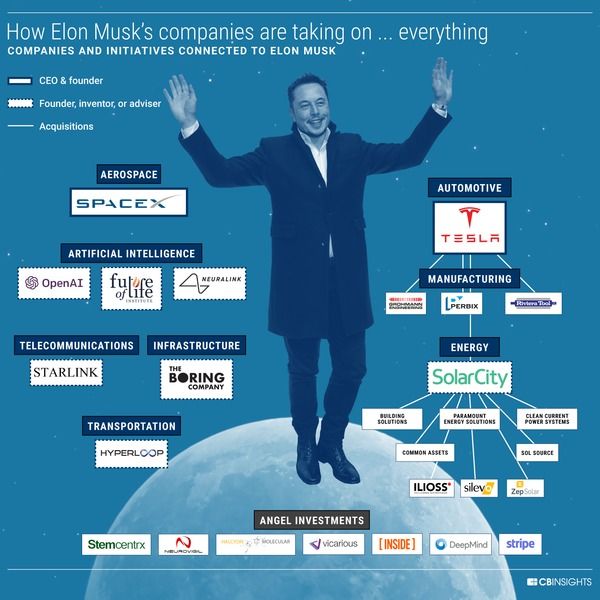
In this modern day David and Goliath battle (multiplied by eight), one man is trying to take down a bevy of behemoth industries. CB Insights reports,” Elon Musk thinks and acts on a larger, more cosmic scale than we’re accustomed to… His main projects take on almost every major industry and global problem conceivable, and imagine a disruptive fundamental rewiring of that space or sector.”
Above: The companies and initiatives connected to Elon Musk (Source: CB Insights)
So which sectors are on Musk’s hit list? CB Insights looks at: “8 different industries where Musk and his companies operate to understand how they have begun to change,” transform, and mold them into Musk’s futuristic vision. Digital Journal provides a top-line recap highlighting the scope and breadth of what Elon Musk is attempting…